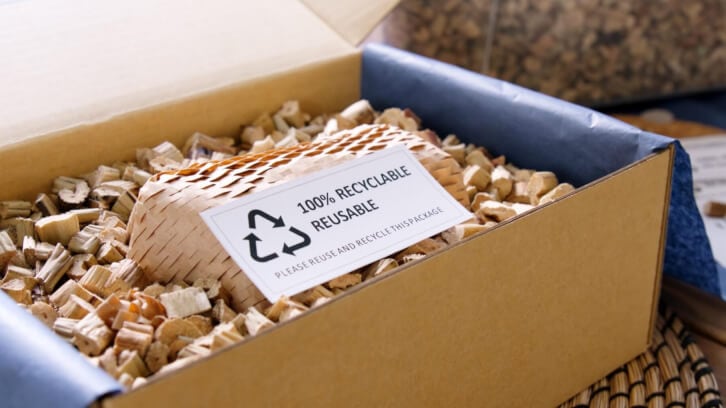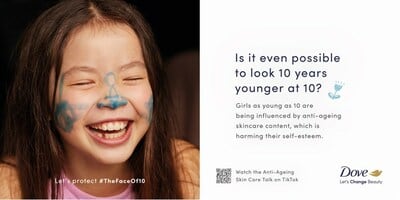The European Union said it had reached a ‘provisional political agreement’ on a proposal for a regulation that can tackle the increase in packaging waste generated in the EU, while “harmonising the internal market for packaging and boosting the circular economy,” it said.
The proposal considers the full life cycle of packaging and establishes rules to make sure all packaging is recyclable and that the presence of 'substances of concern' are minimised.
It also requires “labelling harmonisation requirements to improve consumer information” and aims to significantly reduce packaging waste generation by setting binding re-use targets that restrict some types of single-use packaging and requires that businesses minimise the packaging they use.
The EU said that the new provisional packaging agreement can play "a significant role and has the potential to transform Europe into a clean, sustainable, circular economy, in line with the European Green Deal.”
It shared that while recycling rates have increased in the EU in recent years, the amount of waste generated from packaging is still growing faster than the amount that is being recycled, and that over past decade the amount of packaging waste has increased by nearly 25%.
The new packaging rules proposed by EU
If approved, the new agreement will mean:
- Sustainability requirements and recycled content in packaging
The provisional agreement will maintain the 2030 and 2040 targets for minimum recycled content in plastic packaging, but compostable plastic packaging and packaging whose plastic component represents less than 5% of its weight will be exempt from these targets.
The Commission said it would then have to review those targets three years after the regulation comes into force by assessing the state of technological development of bio-based plastic packaging to “lay down sustainability requirements for bio-based content in plastic packaging.”
The EU said it believed that these new rules would reduce unnecessary packaging by setting a maximum empty space ratio of 50% in grouped, transport and e-commerce packaging.
It also highlighted that it would require manufacturers and importers to ensure that the weight and volume of packaging are minimised, except for protected packaging designs.
If approved, there will also be restrictions on food-contact packaging that contains per- and polyfluorinated alkyl substances (PFASs) above certain thresholds.
- New re-use targets and re-fill obligations
The provisional proposal sets new re-use targets for 2030 and indicative targets for 2040, which vary depending on the type of packaging used (for example: transport and sales packaging or grouped packaging). Cardboard packaging is generally exempt from the requirements.
However, there were a variety of exemptions from this for member states and businesses, including:
- If the member state exceeds the 2025 recycling targets by 5% and the 2030 recycling targets by 5%.
- If the member state is on track to achieve its waste prevention targets
- the operators have "adopted a corporate waste prevention and recycling plans that contribute to achieving the waste prevention and recycling objectives set out in the regulation."
- If the business is a micro-enterprise.
- New deposit return systems (DRS)
By 2029, each year member states must ensure the separate collection of at least 90% of single-use plastic bottles and metal beverage containers and will be required to set up deposit return systems (DRSs) for these formats to achieve this target.
- Restrictions on certain packaging formats
The new rules introduce restrictions on certain packaging formats. For the cosmetics sector this this will be on “small cosmetic and toiletry products used in the accommodation sector (e.g. shampoo or body lotion bottles).”
Requiring that all packaging is recyclable
This provisional agreement is now being submitted to member states’ representatives and the Parliament’s environment committee for endorsement. If approved, it will need to be formally adopted by both institutions before it can enter into force, then the regulation will apply 18 months after the date it enters into force.
In a Linkedin post, natural and organic cosmetics non-profit organisation NATRUE noted that the new proposal “establishes requirements to ensure that packaging is safe and sustainable,” and also noted that it “lays down labelling harmonisation requirements to improve consumer information.”
Meanwhile, the head of EU affairs at bioplastics association European Bioplastics (EUBP), Roberto Ferrigno, said that the organisation also welcomed this step in the right direction.
He said that “the following days will be crucial for its adoption” and that he "hoped all EU institutions will take their responsibilities and provide legal certainty to the European packaging market.”
Ferrigno also highlighted that EUBP commended the legislators for “acknowledging the role of compostable applications and bio-based innovative packaging solutions in achieving packaging waste prevention, reaching recycling targets and their contribution towards a fully circular economy.”
He shared that over the coming months, EUBP will engage with the EU to set a framework for the potential upcoming targets and sustainability criteria for bio-based feedstock in plastic packaging.
“We will also be vigilant to ensure that the many exemptions granted to Member States do not prevent an EU level playing field for economic operators,” he concluded.





